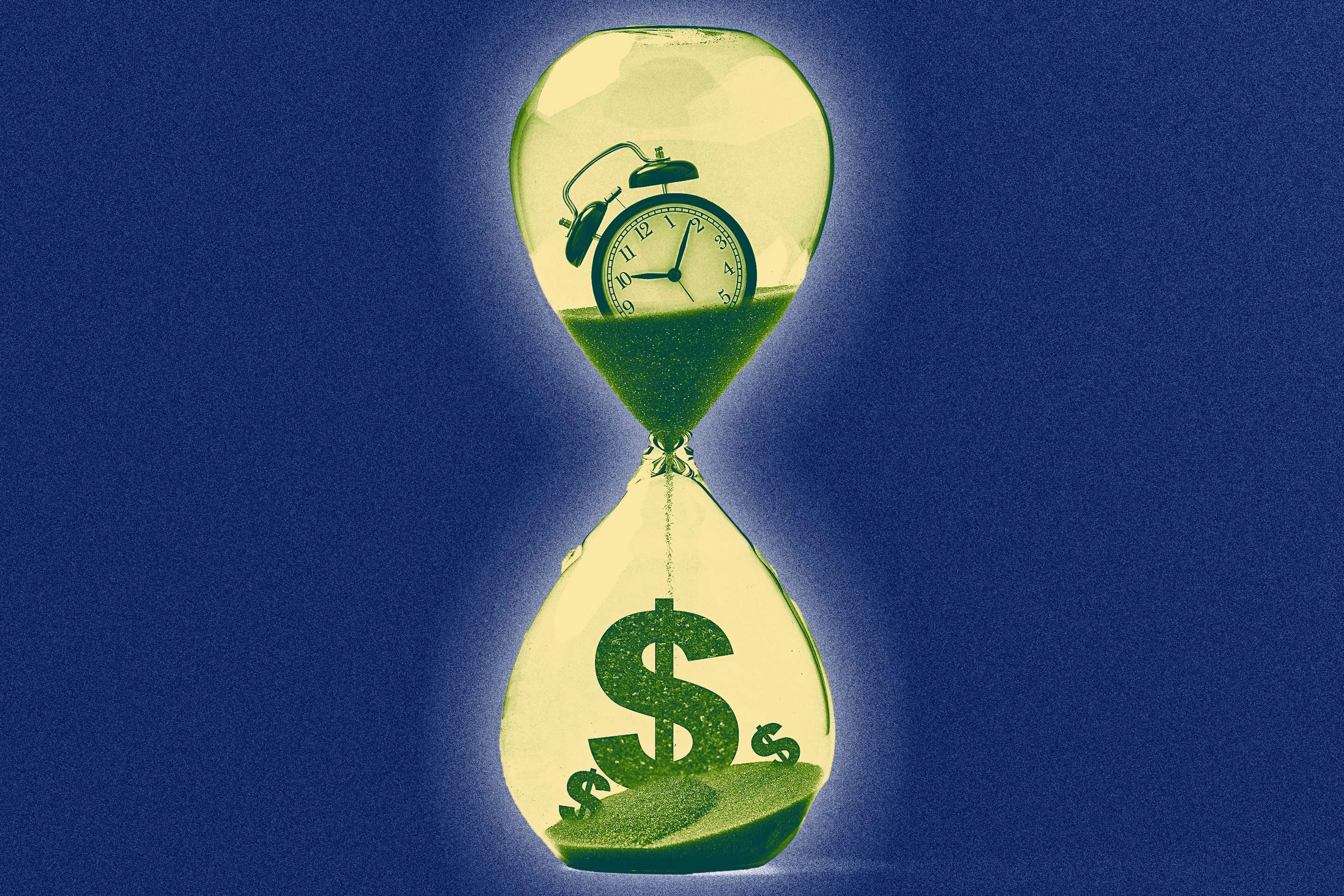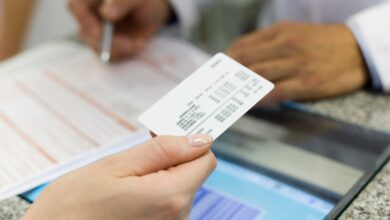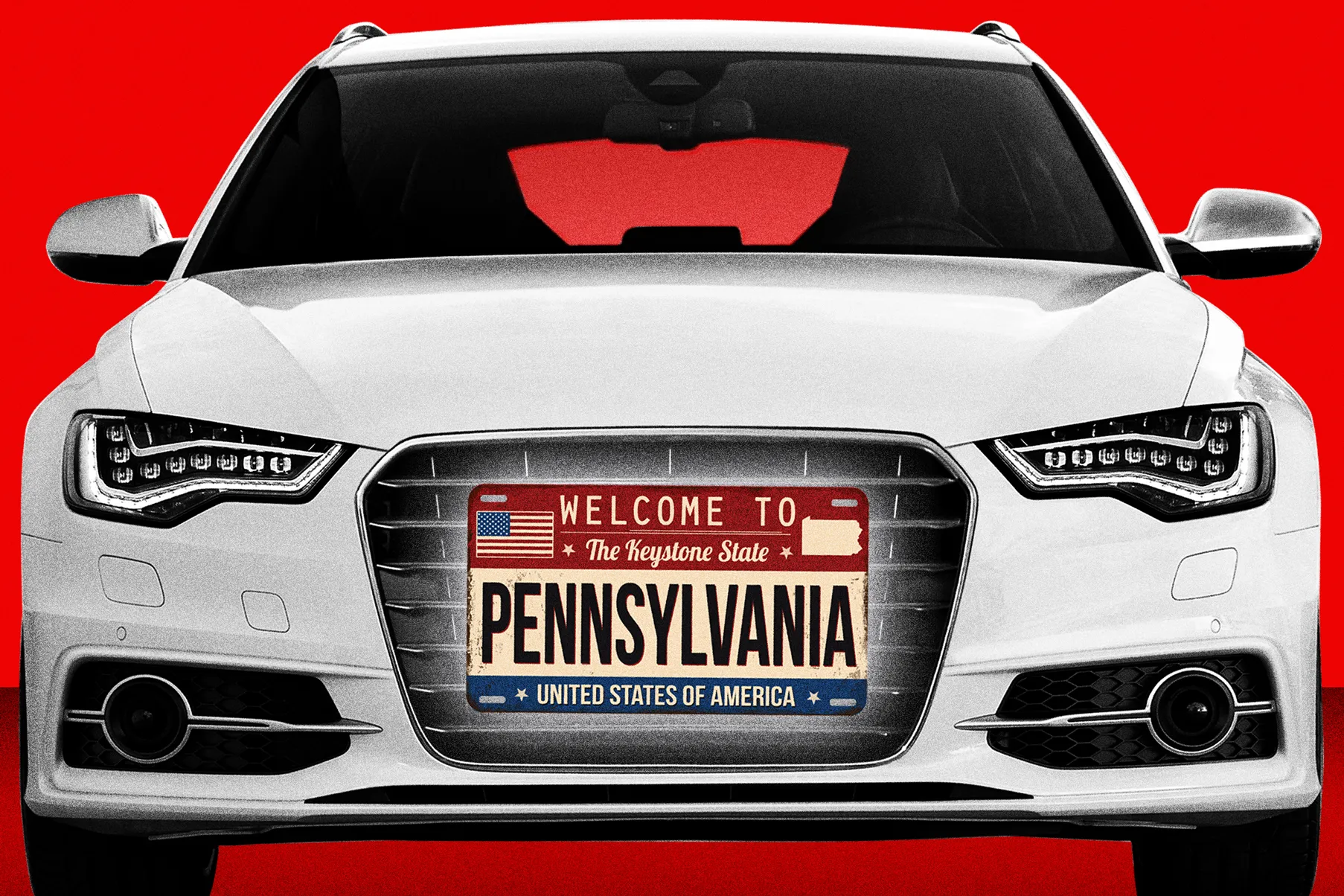Buy Now, Pay Later Pushes Into Stores With Physical Cards

The Rise of Buy Now, Pay Later: Klarna and PayPal Introduce New Cobranded Cards
With Americans accumulating record levels of household debt, the popularity of buy now, pay later (BNPL) services is on the rise. A recent survey found that 15% of consumers have used BNPL plans to purchase a variety of items, from meals to event tickets.
Two major players in the BNPL space, Klarna and PayPal, have recently announced the launch of new cobranded cards aimed at expanding their virtual installment plans into everyday shopping both online and in physical stores.
However, as BNPL plans become more ingrained in consumers’ spending habits, there is a growing concern about the potential risks of accumulating debt. The convenience of breaking up payments, even for small purchases, could blur the lines between a budgeting tool and a debt trap, particularly for individuals already struggling financially.
According to Alaina Fingal, an accountant and owner of The Organized Money, the use of BNPL for essential expenses like groceries or gas can create a cycle of dependency, leading to a reliance on loans to meet everyday needs.
Klarna and PayPal’s Push into Physical Retail
Klarna recently introduced the Klarna Card, a debit card issued by WebBank, which allows users to access the company’s Pay in 4 and Pay Later plans at over 150 million Visa-accepting merchants. The card, currently in a trial phase in the U.S., is designed for everyday spending and offers features like real-time transfers and direct deposits.
On the other hand, PayPal launched a new physical credit card issued by Synchrony Financial, enabling PayPal Credit users to make purchases anywhere Mastercard is accepted, including in-store. The card also provides customers with the option to apply for a BNPL-style loan at checkout.
By introducing physical cards, Klarna and PayPal are aiming to tap into the in-person shopping market, where the majority of retail transactions still occur. While offering consumers more payment flexibility, these cards could also make it easier for individuals to accumulate debt, especially when used for everyday expenses.
Financially vulnerable users, who often rely on credit to bridge income gaps, may be particularly susceptible to the allure of BNPL cards, making it crucial for consumers to exercise caution when considering such payment options.
The Hidden Risks of BNPL
Although BNPL services have been marketed as a safer alternative to credit cards, experts warn that these plans could lead consumers into risky financial territory, especially when used to cover essential needs.
Jason Steele, a credit card expert, notes that the “pay later” promise of BNPL services can influence consumers’ perception of debt, making it seem more attractive. The installment payment structure of BNPL plans may also give users a false sense of manageability, potentially leading to a cycle of debt accumulation.
Stacking multiple BNPL plans can quickly escalate into a debt spiral, with users juggling multiple payments and risking late fees. It’s important for consumers to weigh the short-term benefits of BNPL against the long-term consequences of financial instability.
While BNPL options offer flexibility in the moment, they should not be used as a crutch for ongoing financial challenges. Alaina Fingal advises consumers to consider saving up for purchases instead of relying on BNPL tools, as convenience today could come at the cost of financial security tomorrow.





